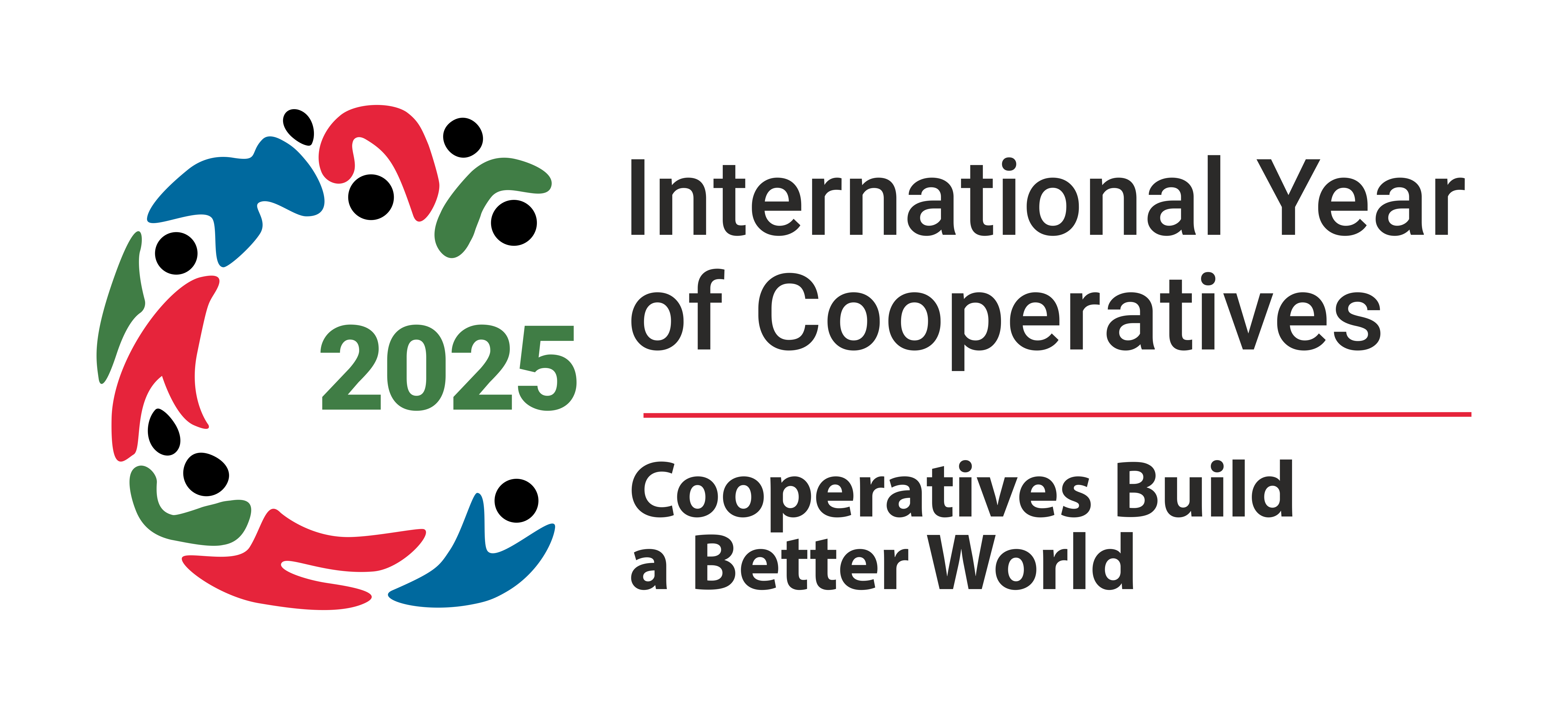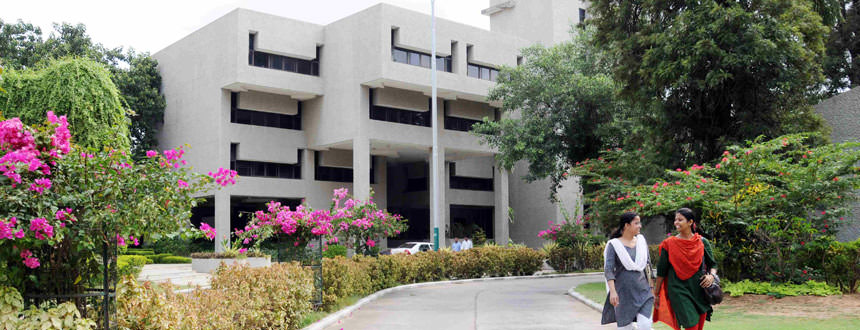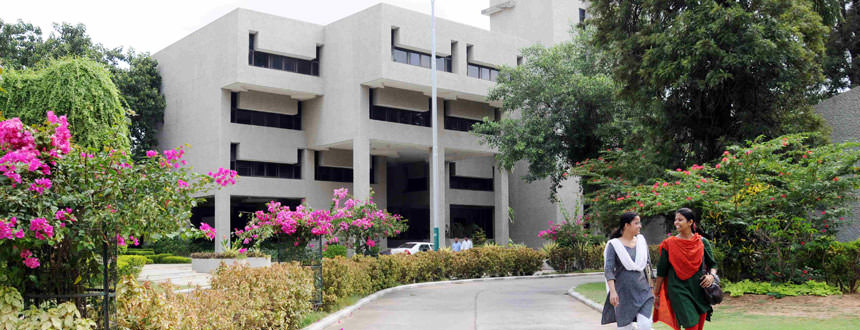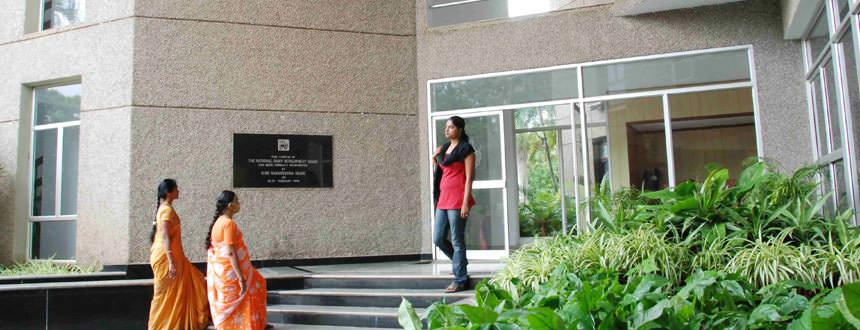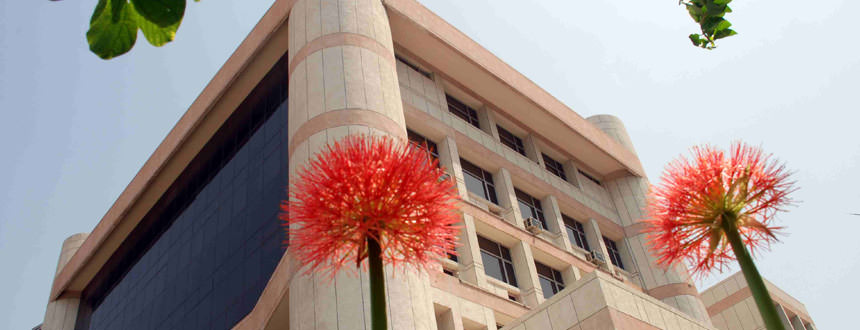Address by Shri Dilip Rath, Chairman, NDDB at SAARC Regional Experts Consultation Meeting on “Family Farmers Cooperatives to End Hunger and Poverty through Integrated Farming in South Asia” - 22nd July, 2019
Dr. Rudra Bahadur Shrestha, Senior Programme Specialist, South Asian Association for Regional Cooperation (SAARC) Agriculture Center, Dhaka; Ms. Shazada Begum, Chairperson, Asian Farmers Association; Ms. Maria Estrella Penunia, Secretary General, Asian Farmers Association; Dr. N C Patel, VC-Anand Agricultural University; Distinguished delegates from SAARC countries, Philippines and Indonesia, participants from dairy cooperatives and other related organisations, colleagues from NDDB and invited guests.
I extend a very warm welcome to all of you at the Regional Expert Consultation on “Family Farmers Cooperatives to End Hunger and Poverty through Integrated Farming in South Asia” being organised jointly by SAARC Agriculture Centre (SAC), Asian Farmer’s Association (AFA) & National Dairy Development Board.
It is a privilege for the Dairy Board to host this important Conference on the theme “Family Farmers Cooperatives to End Hunger and Poverty through Integrated Farming in South Asia” is both timely and relevant in today’s context in which all of us both South Asian and South East Asian countries are striving to mitigate the incidence of hunger, poverty and malnutrition, thereby contributing to meeting the UN Sustainable Development Goals No.1, 2 & 3 relating to hunger, poverty and health and well-being.
Despite making substantial economic progress, large sections of our populations particularly in South Asian countries continue to remain below the poverty line and significant proportion of our children – the future generation – remains malnourished. The fact that South Asia, as per UNICEF estimates, is home to about 64 million of the world’s 159 million malnourished children who are stunted, proves that despite significant economic development, the incidence of malnutrition remains stubbornly high.
The western countries are looking at opportunities to market their dairy products in Asian countries where the growth in market is estimated to be the highest in view of our growing population, incomes and urbanisation. However, Asian countries do have the resources including dairy animals and other natural resources to increase our domestic production to achieve self-sufficiency.
The dairying, both in India and neighbouring countries is recognised to be an effective tool to:
(a) reduce poverty – as it provides employment, income and livelihood to millions of small rural households most of whom are small and marginal farmers owning two-three cows or buffaloes and
(b) reduce hunger and malnutrition – as milk and its products are considered to be nutritious foods which happen to be the most preferred food in these countries, particularly for the lacto-vegetarian population
As a tool of socio-economic development, animal husbandry and dairying has been contributing to the livelihoods and reduction in poverty and hunger in more than one way – enhancement of employment in the dairy value chain, increasing incomes from milk and milk products, providing insurance against natural calamities, providing day to day cash requirements, providing nutrition, fuel for cooking, manure for crops, draught power for farming and many more.
As far as India is concerned, it has been a matter of pride for all of us that our country continues to be the largest milk producer in the world for well over two decades. If you look at the transformation of Indian dairy sector from one of deficit and import dependency in the 60s and 70s to that of self-sufficiency in the 80s and beyond, the journey has been unique.
It all started here in Anand more than 70 years ago under the visionary leadership of one of our tallest leaders Sardar Vallabhbhai Patel. The small dairy farmers of a few villages in this region decided to form a dairy cooperative under the leadership of Tribhuvandas Patel to get out of the clutches of the exploitative traders and middlemen. This unique form of cooperative business enterprise, combining the collective strength and wisdom of farmers and managerial and technical support of professionals, is today known all over the world as the Anand/AMUL pattern of cooperatives.
This movement spread beyond Anand across the country when National Dairy Development Board was established in 1965 and with external funding it rolled out this model to other milksheds of this country. Operation Flood, known to be the world’s largest food for aid dairy development programme, which was implemented by the Dairy Board under the leadership of our Founder Dr Verghese Kurien created the world’s largest dairy cooperative institutional network starting from village, district to state levels. This programme ushered in the so-called White Revolution thereby making India the world’s largest producer of milk. These efforts have been continued by implementation of programmes with focus on scientific approaches and systematic processes to modernize our dairy sector through the recently implemented National Dairy Plan and other programmes of the Central and State Governments. Today India has a dairy cooperative network covering 190 thousand villages with about 17 million milk producer members who collectively receive about Rs. 500 billion per annum as the value of milk.
I would like to share with you a few critical learnings from our journey which may be of some relevance to the delegates of SAARC and South East Asian countries –
- Creation of producer owned and controlled institutions like cooperatives and producer companies has been recognised to be the best suited instrument for the growth of our smallholder dairy systems. These institutions give back about 75 per cent of the consumer rupee to the farmers as against less than 50 per cent in the case of other forms of institutions globally and nationally.
- It has been our strategy to protect the interests of millions of our small and marginal milk producers and our domestic dairy sector by maintaining a rationalised tariff structure to regulate import of dairy commodities.
- Adoption of suitable regulatory and policy measures to create an enabling environment for the growth of dairy sector has been one of the key aspects of our approach. As the productivity of our cows and buffaloes like most of the SAARC and even South East Asian countries are comparatively low, the effort has been to enhance productivity of our domestic milch herd, particularly our native breeds as against import of exotic breeds, by introducing suitable animal breeding and animal nutrition measures alongside providing market access to milk producers through cooperative institutions.
- As in our country as well as our neighbouring countries, women play a key role in dairying, it has been our effort to bring women to the forefront in management and governance of producer owned institutions to ensure gender equity and socio economic change through their empowerment. In our country, we have consciously promoted a large number of all women cooperatives and producer institutions and it has been proven that there is a direct correlation between greater women participation in management and governance and efficiency and growth of cooperative dairy institutions.
- To address the issue of malnutrition in children, the Dairy Board has initiated programmes to channelise corporate and government funds to provide fortified flavoured fresh milk to school going children particularly in backward regions and we have seen the benefits in terms of improvement of key health parameters like meeting the micronutrient deficiencies such as iron, folic acid, Vitamin B12, zinc and Vitamin D. We are also implementing milk fortification projects in collaboration with The World Bank and Tata Trusts and as on today about 60 per cent of the fortifiable milk from the organised sector is being fortified with Vitamins A and D.
We have realised that for small and marginal farmers, a single source of income from dairying alone may not be adequate to meet their livelihood requirements and accordingly alternative income streams through allied activities are also required to be taken up to increase their income.
Some of our interventions to introduce alternative livelihood income streams include:
- Solar Energy, which can be harnessed and harvested as a remunerative crop by farmers. Dairy Board has organised a ‘Solar Pump Irrigators’ Cooperative Enterprises’ (SPICE) in a village near Anand. The farmers have foregone subsidised energy connections opting for grid connected solar pumps. This Solar Farmers’ Cooperative was inaugurated last year on 30 September by our Hon’ble Prime Minister. Energy buyback option at an attractive Feed-in-Tariff has been an effective tool to rationalise water and energy use by farmers apart from providing additional income from the sale of surplus solar energy.
- Putting up small flexi biogas plants at household level in villages is another viable option for dairy farmers in which multiple benefits would accrue to small animal owners like saving in expenditure towards cooking fuel, reducing deforestation and using slurry as biofertiliser. This has created an opportunity to create additional income stream for our smallholders.
- Scientific beekeeping has also been found to be a very promising activity for the dairy farmers through which they can collect and sell honey and other hive products like Pollen, Beeswax, Propolis, Royal Jelly etc. Efforts are on to integrate the dairy cooperative value chain for milk with that of honey. In times to come, dairy cooperatives are likely to take up beekeeping, honey procurement and marketing thereby increasing the income of the farmer members.
- One of the classic examples of sustainable agriculture practices has been the interventions undertaken by Sundarban Cooperative Milk & Livestock Producers’ Union Ltd., in southern West Bengal. This all women milk cooperative with more than 3,000 women members has diversified its operations and is procuring and marketing other commodities like backyard poultry eggs, mangrove honey, indigenous varieties of rice, moong dal, etc., apart from milk and milk products. They are also adopting organic farming practices, which not only provides them access to niche markets with higher realisation, but also promotes sustainable agricultural practices.
In South Asia, animal husbandry and dairying, coupled with allied activities using cooperative strategy has the potential to play a significant role in driving growth, employment and incomes in rural areas and at the same time strengthening food security and nutrition. Our dairy cooperatives and we in the Dairy Board will be very keen to understand how similar initiatives in our neighbouring countries are making an impact on sustainable rural livelihood.
Dairy Board stands committed to proactively support the endeavors of the South Asian countries by strengthening small holder dairying and would be happy to provide support and work together to bring about socio-economic progress of our farming communities.
We are confident that this “Consultation of Regional Experts” during the course of the next three days would throw up concrete action plans which could be taken forward for improving the economic and social well-being of our farmers.
I once again welcome all of you to Anand and to this Regional Expert Consultation meeting of SAARC and wish all of you successful deliberations.
Thank You.

